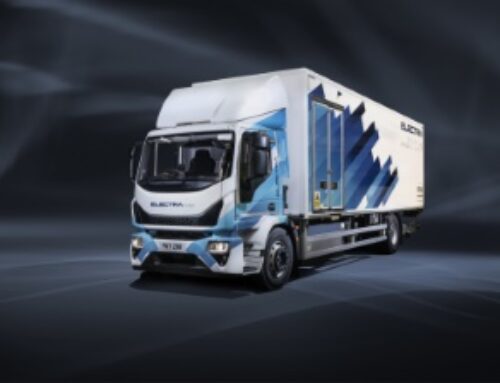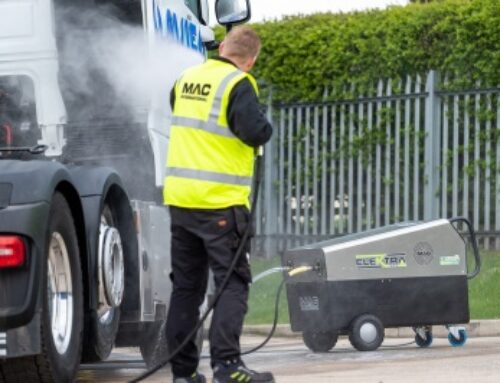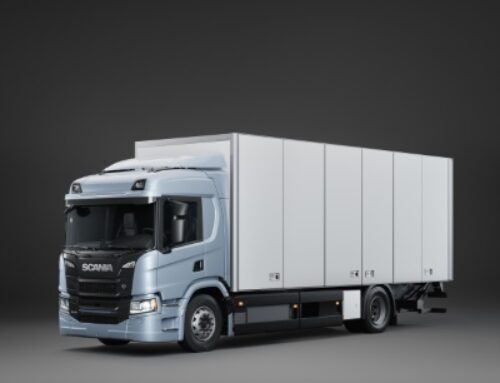Testing times
 Steve Braund, marketing manager at heavy-duty workshop equipment provider Totalkare, makes the case for in-house vehicle testing
Steve Braund, marketing manager at heavy-duty workshop equipment provider Totalkare, makes the case for in-house vehicle testing
Businesses across the globe have been facing the same challenges in response to the Covid-19 crisis: how can we do the same – if not more – with less?
Taking steps to improve productivity and efficiency is not a new concept, but the motivation to do so now is being felt perhaps more acutely than ever before.
The big challenge in the coming months and beyond for commercial workshops will be achieving these gains. Many are already looking at the costs of outsourcing their vehicle testing, recognising the value in bringing those activities in-house.
Depending on the size of your fleet, the cost of routine brake testing of each vehicle soon adds up. Investing in an in-house brake tester eradicates those costs, and can allow operators to break even surprisingly quickly.
If you currently outsource the brake testing of your fleet, every time a vehicle is taken to be tested, the vehicle and the driver are both unavailable. The time taken to drive the vehicle to a test centre is time the vehicle and driver could be on the road, adding value to your business.
What’s more, brake testers of the past used to require two engineers to conduct a test – one to sit in the vehicle and run through the test, and one to view results on a large analogue display and shout instructions to the person behind the wheel.
These days, with a tablet which connects to the brake tester’s computer via Wi-Fi, tests can be conducted by one person from the comfort of the driver’s cab.
 The time savings of bringing your brake testing in-house are instant, and will be felt immediately. But the financial aspect is key when weighing up a capital investment, and that’s why we’ve created a brake test savings calculator (totalkare.co.uk/brake-test-calculator).
The time savings of bringing your brake testing in-house are instant, and will be felt immediately. But the financial aspect is key when weighing up a capital investment, and that’s why we’ve created a brake test savings calculator (totalkare.co.uk/brake-test-calculator).
Users can simply enter the number of vehicles in the fleet, and the number of tests each vehicle requires per year. The tool will not only calculate when you will break even, but will also provide figures over a ten-year period, demonstrating the full extent of what you’d stand to save.
A by-product of the time savings in-house testing generates is that it will help drive quality. For instance, if you have tested a vehicle’s brakes and the test has failed, the brakes then get inspected and adjusted before being retested. What if it fails again: is it a faulty part? Has the mechanic done a good enough job inspecting and adjusting things?
Testing in-house helps to get answers to these questions more quickly, and without the additional outlay of retest fees.
Another area of saving is on fuel. Cutting out those journeys to and from a test centre not only saves fuel, but reduces your carbon footprint as a result.
Further economies can also be achieved with investment in additional testing equipment. If you have already installed a brake tester, why not also test things like headlamp aim or diesel smoke emissions while the vehicle is in position?
In just a couple of minutes, in addition to a record of a brake test having been conducted, the headlamp beam aim has been adjusted and the vehicle’s exhaust emissions are proven to be within the legal limits.
 Like it or loathe it, the world is becoming an increasingly digital place – and DVSA changes which became law in October last year state that MOT stations making new site applications or replacing older brake testers must purchase connected test equipment that can interface with the MOT Test System (MTS).
Like it or loathe it, the world is becoming an increasingly digital place – and DVSA changes which became law in October last year state that MOT stations making new site applications or replacing older brake testers must purchase connected test equipment that can interface with the MOT Test System (MTS).
The advantages of connected equipment are many, but in short, they dramatically reduce the likelihood of data entry errors and facilitate even quicker testing, cutting out some of the associated administration work.
Increasing the variety of work undertaken in-house also makes a company more attractive to job applicants when you’re recruiting – a good way to ensure you hire the best people.
Similarly, it can have a positive impact on staff attrition rates – and reduced turnover of staff equates to a settled, stable and productive workforce.











